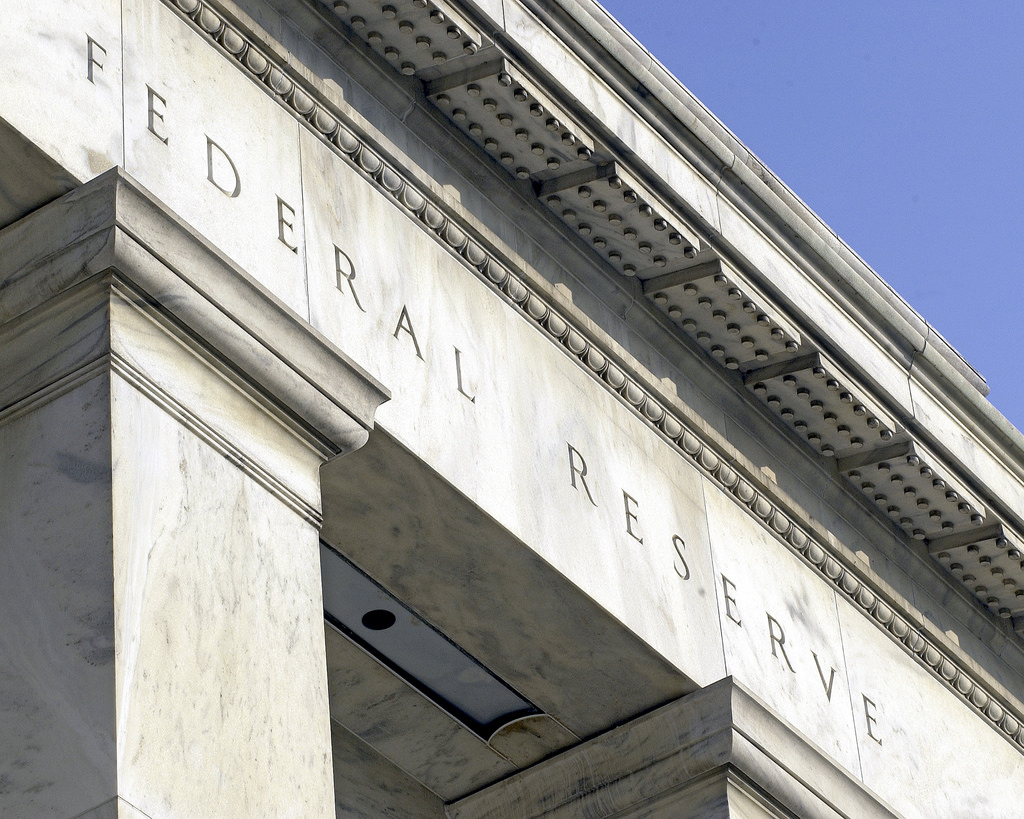MUFG: Focus is on the Fed and guidance is key
MUFG: Focus is on the Fed and guidance is key

By Derek Halpenny, Head of Research, Global Markets EMEA and International Securities
USD: Fed set to reinforce its stance with strong message
When we ponder as to why the S&P 500 is a mere 15.4% below its record high and 28% above the low on 23rd March with the US and global economy set for a recession like we haven’t seen since the Great Depression in the 1930s there can only be one answer – the actions of the Federal Reserve. This evening the FOMC will conclude its first scheduled meeting since 29th January and will in all likelihood underline the determination to maintain the current measures until a sustained recovery is put in place. With market volatility continuing to subside, the risks are growing that the steps taken could start to weaken the US dollar more notably. We have maintained our bullish view for the dollar based on US equity markets being set for a correction – but the longer US equity markets remain firm, the more the dollar will be vulnerable. The VIX is now at its lowest level since early March.
The decline in VIX and measures of access to liquidity will reassure the Fed that their actions are working. The LIBOR-OIS spread has narrowed notably – from 138bps on 31st March to 69bps yesterday. It may tempt the Fed to adjust the IOER higher by 5bps at today’s meeting seen as the effective fed funds rate has fallen to just 4bps.
However, given the risk of a confusing message the Fed will probably hold off for now. But for us we expect only for the Fed to reinforce its message to the market seen through its actions since this crisis started that it will do whatever it takes to support the real economy. The assets held by the Fed on its balance sheet have jumped USD 2.33trn since the first week of March – about 10% of GDP. Balance sheet expansion will continue with real economy loans set to pick up now.
From an FX perspective the speed of expansion relative to the ECB is providing support for EUR/USD. Over the same period, the ECB’s balance sheet has expanded by EUR 580bn, or under 5% of GDP. We continue to view this as a key reason for a longer-term weakening of the dollar.
JPY: GPIF seek EM bond & infrastructure investments
Japan’s Government Pension Investment Fund (GPIF) released a request for information on investing in infrastructure in Emerging Markets on Monday and on Friday issued a “call for applications” of asset managers for foreign bond investments. The moves could be viewed as consistent with the recently confirmed change to the GPIF compositions which resulted in the foreign bond composition increasing 10ppts, from 15% to 25%. While we believe it is consistent with their new mandate that does not mean we should anticipate a jump in total foreign bond investments that could have an influence on weakening the yen. This to us is perhaps more about a desire to diversify a foreign bond portfolio due to it expanding in size – basic risk management rather than necessarily increased risk taking.
Flow data from Japan already suggest that the GPIF has conducted substantial increases in foreign bond purchases reflective of the increased composition already announced. Japan Trust Accounts, as can be seen here below, were very large buyers of foreign bonds in January and February, ahead of the announcement.
Purchases of foreign bonds totalled JPY 2,016bn in January and JPY 2,223bn in February – by far the two largest months of total purchases. GPIF flows tend to be captured in this sector in the sector-by-sector flow data from the MoF. The largest flow on record prior to these two months, was in November 2018 and that was close to 50% smaller and was a one-off, rather than in two consecutive months.
Hence it is unlikely that this mandate being sought is the GPIF’s attempts to use up more of its new composition capacity. The strong buying in January and February has probably taken the GPIF foreign bond holdings north of 20%. However, we can only guesstimate based on the last available data for compositions as of June 2019.
The key point though is we do not see this mandate as a signal of substantial flows to EM that would impact the yen notably. It is likely a signal of a desire to diversify a portion of the portfolio that is becoming more important. But the Trust Account data suggest the near-term pick-up in GPIF outflows due to the composition change may have already taken place.
EUR: Lockdown reversals – slowly does it for now
How lockdowns are managed in the coming weeks could well prove important for investor sentiment and the financial markets. It may prove that being cautious provides better support for investor sentiment than a perception of rushing or taking risks with ending lockdowns. Support amongst populations for caution may encourage a more cautious approach too. President Macron has an approval rating of 40% currently, the highest since May 2018 despite a strict lockdown.
Yesterday, France announced its details of reversing the lockdown, which will start on 11th May with businesses reopening. Shops, bars and cafes could reopen possibly on 2nd June but the French football season has been cancelled and large crowd gatherings will remain banned until September. Spain also announced plans which will see restrictions eased slowly over eight weeks with the next phase on 2nd May.
We expect the UK to lay out plans in the coming days ahead of the next review of the lockdown on 7th May. Easing measures may well be agreed for the week of 11th May as well. All these lockdowns easing are based on COVID trends remaining favourable. Apple mobility data continues to point to a turn in activity with a notable jump in driving in Spain for the most recent data available – Monday 27th April.
However, for the euro the fact that lockdowns are reversing will only instil confidence if there is a belief that the policy support is ample enough to drive a notable pick-up in activity. Without agreement for a large euro-zone wide ‘Recovery Fund’ doubts over the scale of pick-up in growth will limit confidence in the euro. Italy was downgraded last night by Fitch – the rest of the euro-zone need to show solidarity through an agreed policy support framework to reduce periphery instability risks.








